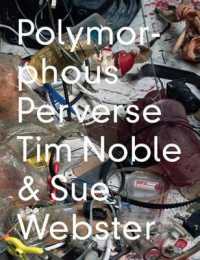- ホーム
- > 洋書
- > 英文書
- > History / World
Full Description
This Element examines how international heritage discourses are internalized and reshaped in China, using the Yellow Emperor cults as a lens to explore broader themes of intangible heritage, religious resurgence, and identity construction. The central argument is that cultural heritage serves as a powerful tool for shaping new religious expressions and enabling Chinese localities to assert their uniqueness while redefining historical narratives. Through case studies of several localities across China, this research illustrates how these regions engage in heritage competition by branding themselves with Yellow Emperor culture to shape their identities. This study argues that the cult of the Yellow Emperor-a legendary figure-is empowered by nationalism, a local search for tradition and religious revivals, and is further amplified by international discourses that reinforce national identity through heritage-making. Together, these forces drive the resurgence of ancestral cults and contribute to cultural identity formation in contemporary China.
Contents
1. Introduction; 2. Locating Religious Revivals in China Within the Framework of Intangible Cultural Heritage; 3. The Search for a Common Ancestor; 4. Ceremonies for the Yellow Emperor in Shaanxi and Zhejiang; 5. Making Heritage and Transforming Historical Narratives; 6. Conclusion: Making Place Through Heritage Branding; Appendix: Chinese Chronology.








